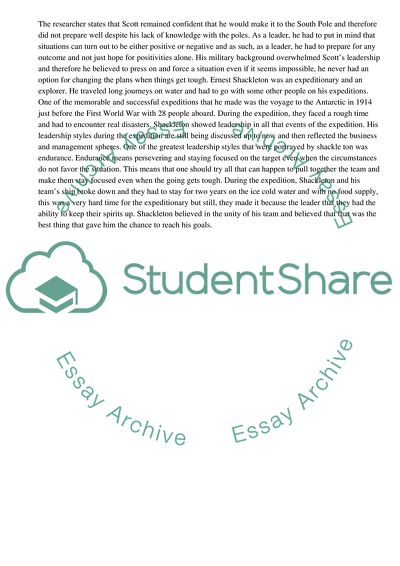Cite this document
(Manager's Leadership Style and Employee Job Satisfaction Coursework, n.d.)
Manager's Leadership Style and Employee Job Satisfaction Coursework. Retrieved from https://studentshare.org/management/1864115-portfolio-notebook
Manager's Leadership Style and Employee Job Satisfaction Coursework. Retrieved from https://studentshare.org/management/1864115-portfolio-notebook
(Manager'S Leadership Style and Employee Job Satisfaction Coursework)
Manager'S Leadership Style and Employee Job Satisfaction Coursework. https://studentshare.org/management/1864115-portfolio-notebook.
Manager'S Leadership Style and Employee Job Satisfaction Coursework. https://studentshare.org/management/1864115-portfolio-notebook.
“Manager'S Leadership Style and Employee Job Satisfaction Coursework”, n.d. https://studentshare.org/management/1864115-portfolio-notebook.


